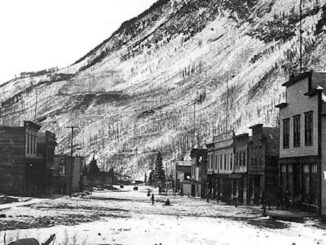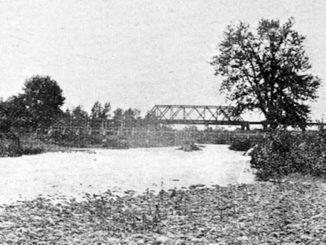
Two years ago I published a story called Wildlife Watch about the implementation of a wildlife camera program at the school I was working at. The program was a huge success with the students and I am happy to report it is still going strong. The following story, however, discusses some of the pitfalls of remote wildlife cameras and some of the negative impacts they’re having on our wild neighbours. This past summer I inadvertently ruffled a few feathers in Kananaskis when one of my own cameras was discovered by a Wildlife Biologist working in the area. As an Alberta Parks Ambassador I felt it would be prudent to share what I learned from the entire experience with the hope of preventing similar conflict in the future. Below is a detailed account of what transpired.

My passion for wildlife started at an early age, but really blossomed when I had the opportunity to develop and implement a trail camera program at a wilderness-based school I was teaching at. It was a non-invasive and safe way for my students to learn about Alberta’s native wildlife and discover what was moving through the woods near the camp the students briefly called home. I was able to link the cameras to Alberta Education’s curriculum and offer high school credit to those students who successfully completed the course. It was very rewarding and I learned a lot about conservation, ecosystems, and wildlife throughout the entire process. After transitioning to a new school I found that I was missing the excitement of checking the cameras and uncovering what had been captured while I was away. A trail camera was given to me as a gift and I quickly installed it near the aforementioned camp. Less than six months later when I returned to check on it I found that the whole tree had been cut down and my camera was stolen. I was crushed and upset that someone would go to such lengths to obtain a camera, but I wasn’t willing to give up that quickly. I was hesitant to install the camera in the same area as it was slowly becoming the wild west with careless individuals hell-bent on degrading the environment. I purchased a new camera and decided to set it up in Kananaskis Country. I figured the camera was less likely to be stolen in a provincial park where certain activities were prohibited. I scouted several areas and eventually settled on the junction of two unofficial trails, hoping there would be minimal human activity. Judging by the amount of scat nearby and the skeletal remains of a deer it appeared the area was a wildlife hotbed. Unfortunately this is when I found myself in some hot water.
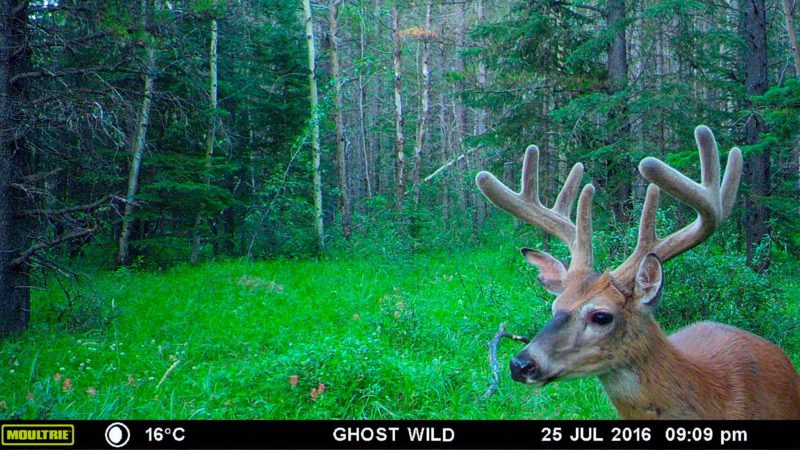
A Wildlife Biologist and a Conservation Officer (CO) spotted my camera while they were closing the area in order to trap a bear. My phone number was prominently displayed so they called me to inquire about the nature of my camera and why it was located there. I was quickly informed that it’s against Alberta Parks regulations for private cameras to be installed within provincial park boundaries and that it needed to be taken down as soon as the area was re-opened to the public. All cameras installed in a provincial park must have a permit and permits are only awarded for scientific studies. After several conversations with different CO’s I learned that personal trail cameras and drones are increasingly causing problems in provincial parks and natural areas. The technology in the aforementioned devices have drastically decreased in price, allowing those products to become available to almost everyone. Where trail cameras were once only affordable for scientific purposes they can now be used by photographers, hunters, and wildlife enthusiasts alike. It’s worth noting that trail cameras have been confiscated from different parks in the past and several warnings have been issued due to their unofficial use. The Kananaskis CO’s gave me the following information and it seemed worthwhile to pass on.
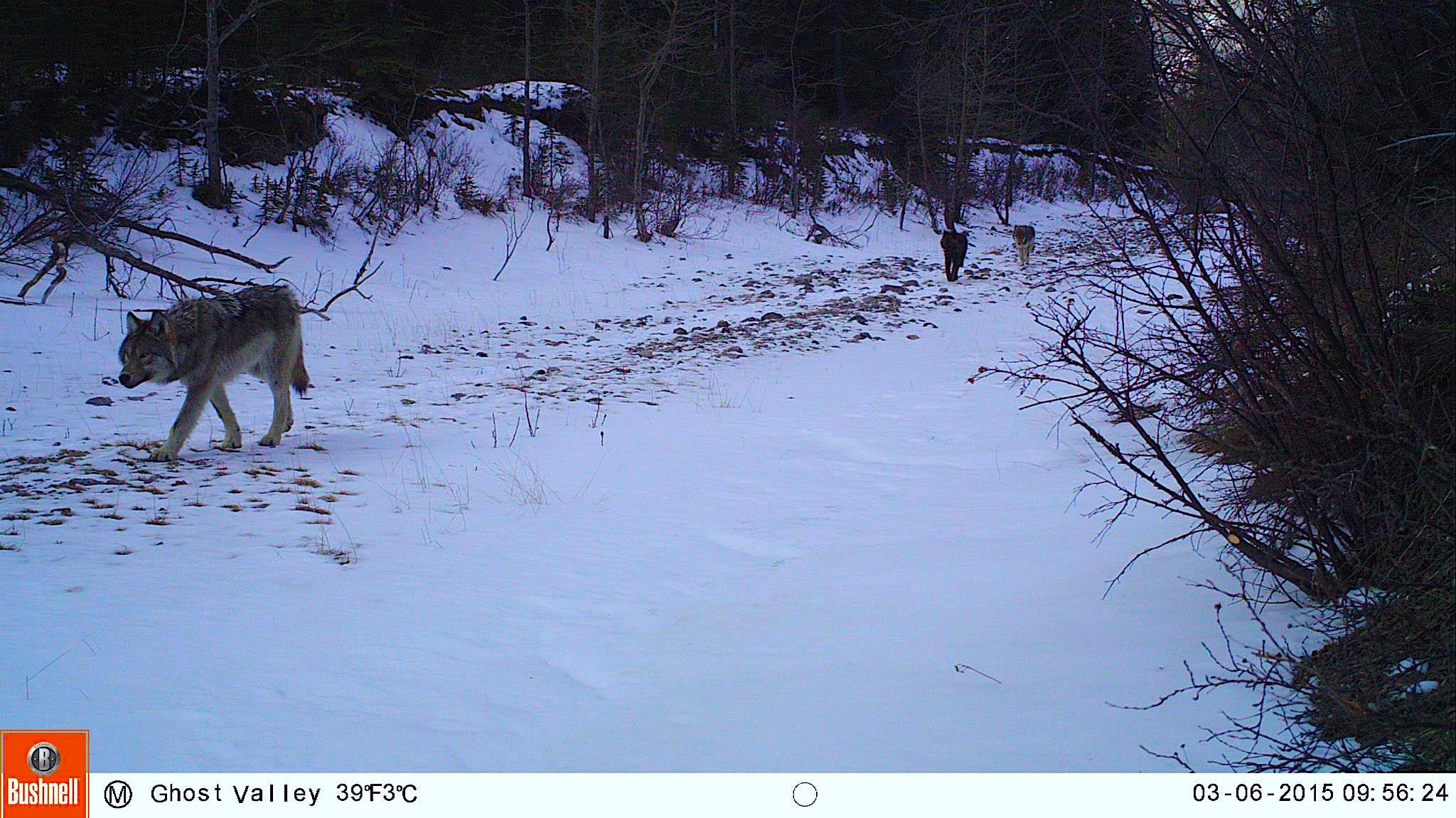
Although trail cameras are considered a non-invasive way to study and photograph wildlife they can have unintended consequences. Placing cameras in sensitive areas, such as near a den or a rub tree, can negatively affect the animal and cause them to change their natural behavior. This puts undue stress on wildlife and can even result in them avoiding essential areas. For the most part the general public is unaware that their actions can cause wildlife to alter their behaviours. I am not a trained biologist, but I feel I know a fair bit about Alberta’s wildlife and I was unaware that placing cameras near sensitive areas could disrupt wildlife behavior. I even began to question whether I have had a negative affect on wildlife in the past.
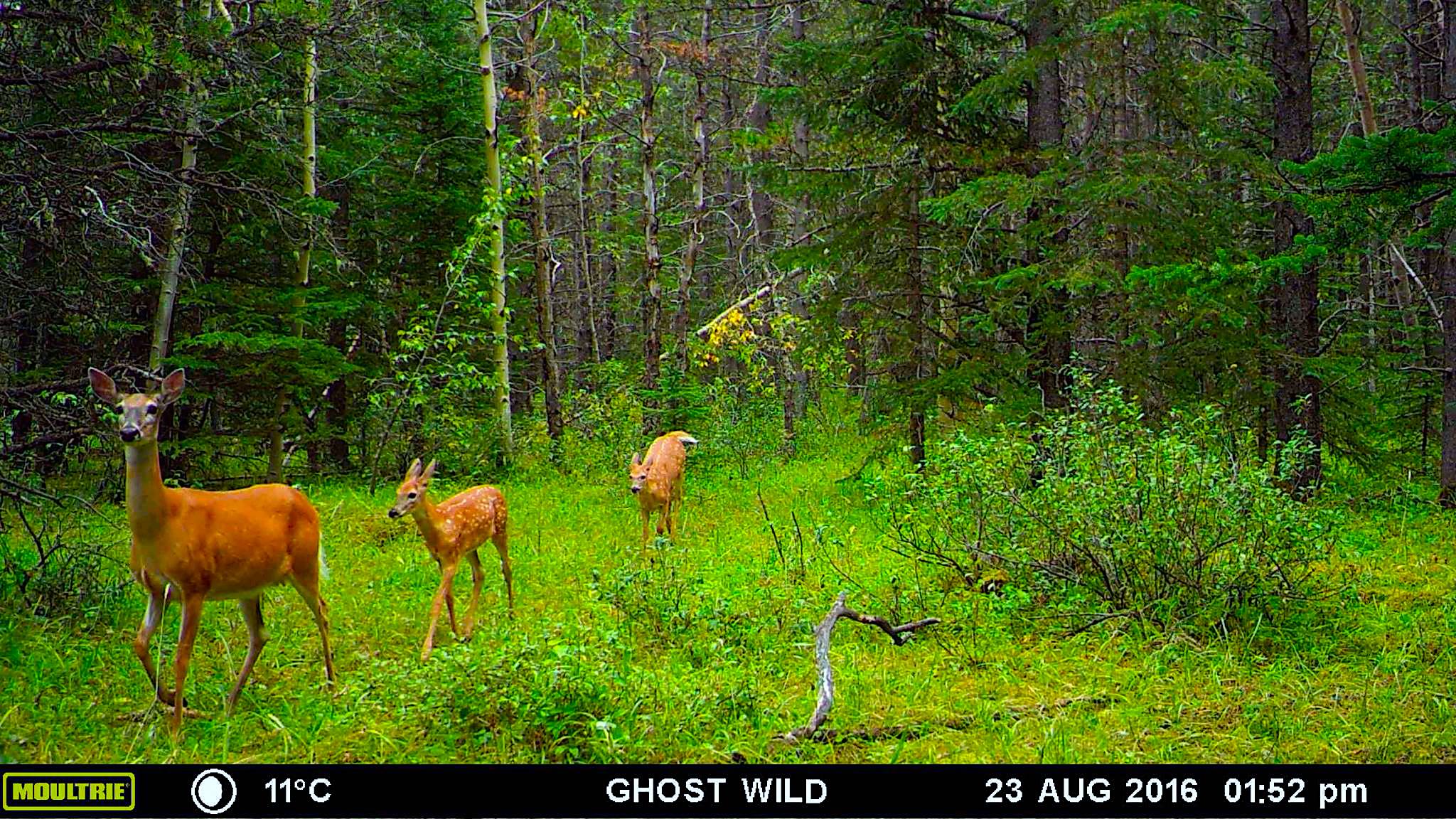
Personal trail cameras are also an easy way for poachers to determine what species are moving through a particular area. Although poaching isn’t a frequent activity in a heavily trafficked area such as Kananaskis it does happen and personal cameras have contributed to the illegal killing of wildlife. Prohibiting trail cameras won’t stop poaching, but it takes away one of the tools they have at their disposal. You can also help decrease poaching by reporting any suspicious activity through the Report A Poacher hotline (1-800-642-3800).
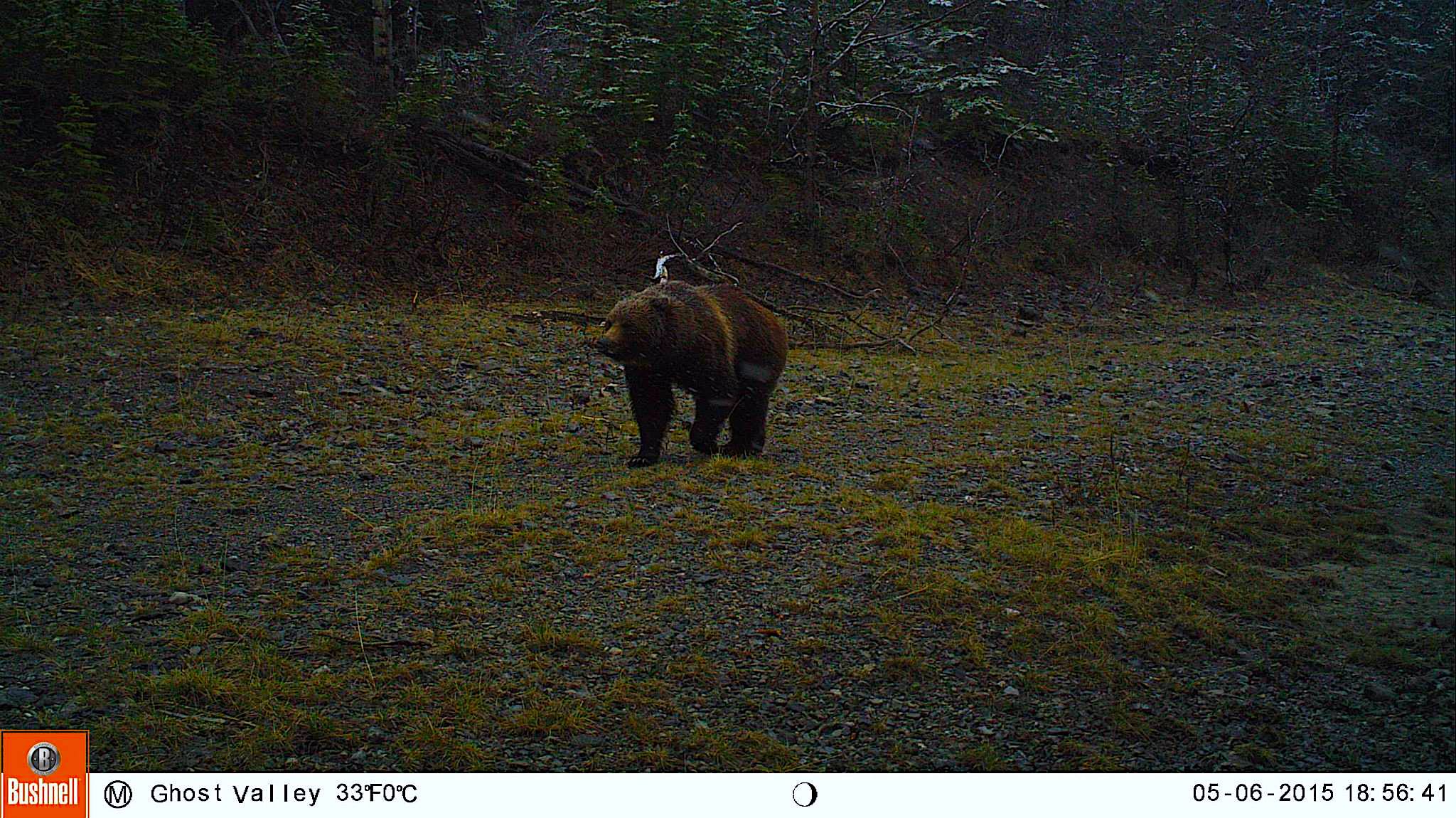
One of the biggest problems with personal cameras are privacy concerns. When you’re in a city there’s an expectation that you’ll be caught on camera at some point (security camera, traffic camera etc.), but when you’re in the forest, a place where many go to escape technology, that expectation diminishes drastically. Cameras that are involved in scientific studies are easily monitored by the governing body and all photos of human activity are typically destroyed immediately (which is also something I do with my cameras), but with private cameras there is no way to determine if those photographs have been erased, which leads to all sorts of concerns with the Freedom of Information and Protection of Privacy Act (FOIP). Wildlife Biologists typically don’t want humans on camera, as it doesn’t benefit their research, so they’ll install cameras in remote wilderness areas where human traffic is much less likely. In the cases where trail use studies are being conducted the cameras are installed low to the ground as to only capture legs and feet, as opposed to faces. It’s also common to see signage, usually installed at the trailhead, indicating there are remote cameras in the area. These are a few of the ways that Alberta Parks attempts to avoid privacy concerns with the public.
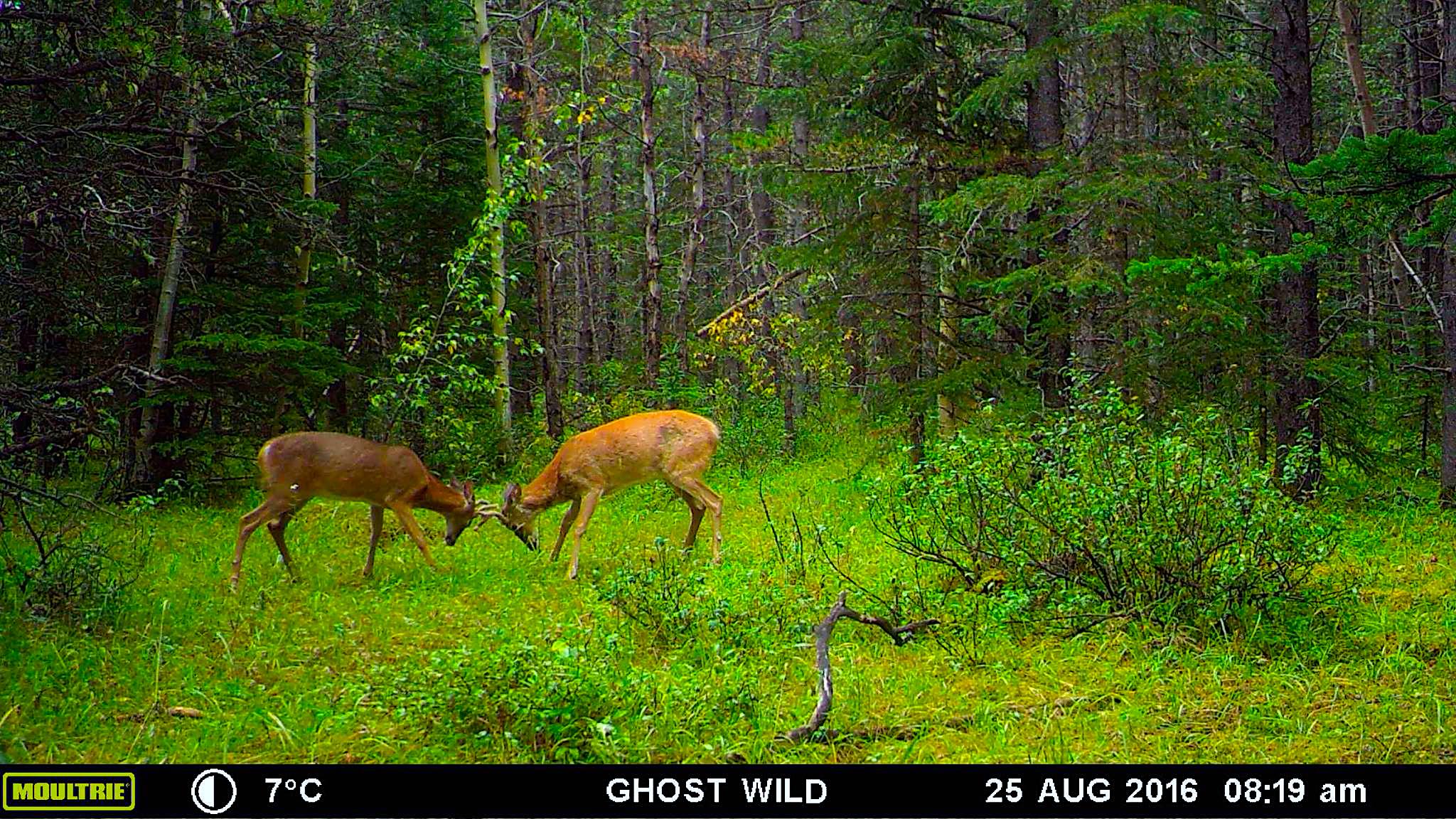
It may sound like I am condemning the use of trail cameras, but that is not the case. I truly believe they are valuable research tools. They are far less invasive then other methods of studying wildlife, such as tranquilizing, radio/GPS collars, or ear tags, thus limiting the stress placed on the animals. Trail cameras have also allowed us to see into the secretive world of wildlife and view never before seen behaviours. Outside the scope of science trail cameras have allowed wildlife enthusiasts (such as myself) photographic opportunities that are safe for both parties. This whole scenario has really opened my eyes and I have realized there is more at stake than just capturing images of wildlife. I’ve learned a lot from this experience and I hope to share my newfound knowledge with the goal of educating and informing other camera owners. I know this entire experience has made me think about my own camera placement and the potential effects it could have on my wild subjects.

If you have further questions about the use of trail cameras in Alberta’s provincial parks please visit their Contact Us webpage or call 1-866-427-3582 (toll-free in North America). Alberta Parks has also created the Who Lives Here program at William A. Switzer Provincial Park where visitors can experience the park in a whole new way. You can also connect with Alberta Parks online via their Facebook, Twitter, and Instagram accounts.



